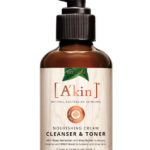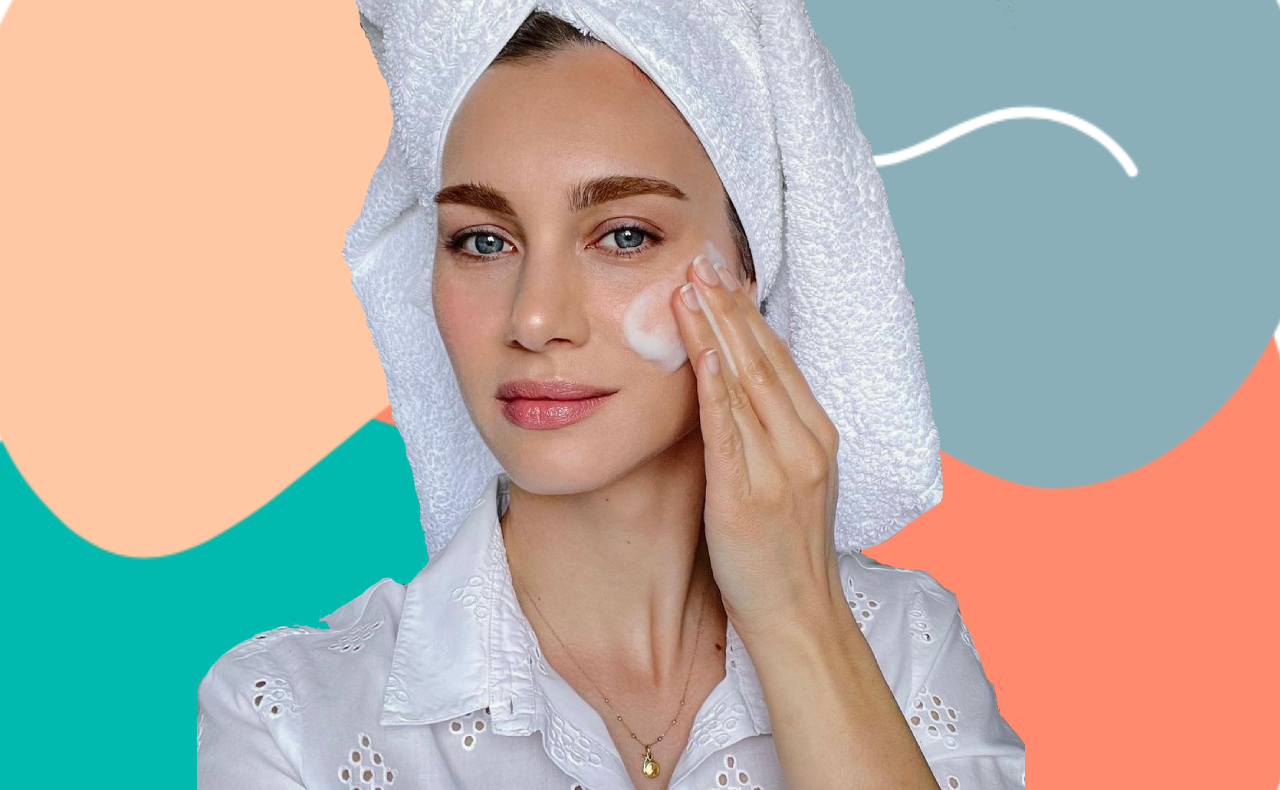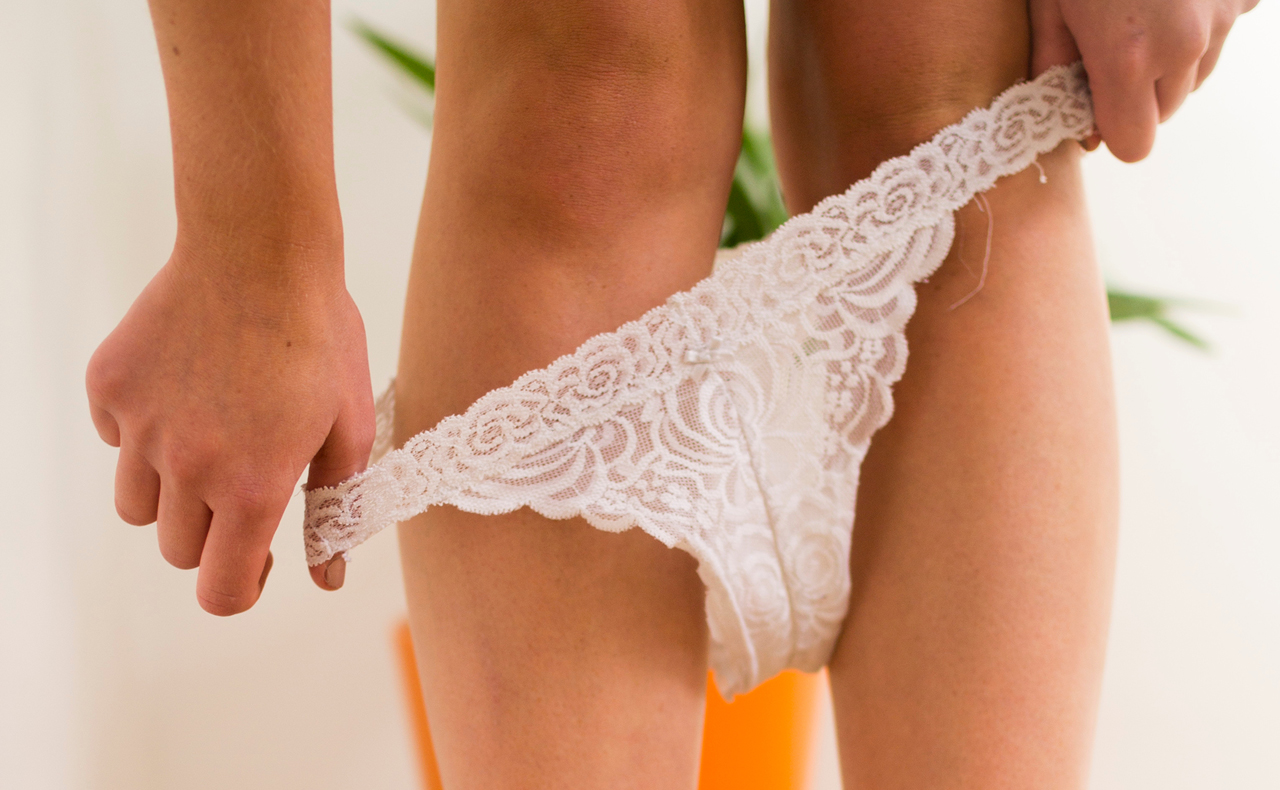It seems like every second there’s a ‘buzzy’ new beauty word to know. But if you let just one cut through the noise, let it be squalane.
This ingredient is gaining a lot of clout (and use in products) for a reason: it’s damn good for your skin and your hair.
Set to join the likes of retinol and vitamin C as a top shelf must-have, Nicola Kilner, CEO of DECIEM (aka the company behind cult brand’s The Ordinary and NIOD), calls it ‘an amazing hydrator’ that’s ‘friendly for all skin types’.
So what exactly is squalane, and why are we only just hearing about it now?
Squalane vs squalene
Squalane has actually been around for years, but previously it came from squalene (with an ‘e’), which is derived from sharks, and therefore ‘ not friendly to all’, explains Nicola.
“When you’re buying squalane you want to check the source of where it comes from,” Nicola says. “Most brands will be transparent about it.” These days there are three sources of squalane: from sharks, from olives and most recently, from sugar cane and plants, which is ‘the best you can get’.
With the olive-derived version proving not-so-stable with ‘a lot of oxidisation issues’ and the shark-derived version not ideal for most brands, the newer technology of plant-derived is why squalane is now in the spotlight. “Now that it’s stable and it’s friendly, that’s why brands are starting to use it more.” All of the squalane DECIEM uses is plant-derived from sugar cane and beets.
The benefits of squalane for the skin and hair
Squalane’s biggest skin care benefit is hydration “and it really helps to lock in the moisture too”, says Nicola.
“Squalane already naturally occurs in our skin to provide hydration. But like all good things, its natural production begins to slow from our 30s.”
Applying it topically helps replenish your hydration levels and plump the skin.
“It’s just a really friendly ingredient that works with all skin types”, says Nicola. “It’s also very good for removing makeup, which is something you’ll notice if you use a 100 per cent squalane. It hydrates as well as removes makeup. It seems odd because one is surface and one is absorbing, but it does do both.”
The ingredient doesn’t stop there though, oh no. “It’s actually amazing how many glowing reviews we receive about it for the hair too; it’s definitely one of the biggest features of squalane.” Applied to the hair, squalane provides heat protection, as well as enhancing shine. And you don’t have to pay through the roof for it either; “It’s an affordable ingredient,” says Nicola.
“Our 100 per cent squalane retails for $14 and our hemi squalane (which is half-strength for those who don’t need as much hydration) is $7 because it’s literally half of the ingredient. You shouldn’t have to a lot.”

If you’re after a pure squalane formula that can be used on either skin or hair, bh recommends: Samson & Charlie Pure Squalane Oil, Indeed Labs Squalane Facial Oil, Biossance 100% Squalane Oil ($32, Sephora), and The Ordinary 100% Plant-Derived Squalane ($13.90, Priceline)
Squalane vs hyaluronic acid
If you’re thinking squalane sounds eerily familiar, you’re not wrong. Hyaluronic acid has long been hailed as a super skin hydrator, but Nicola does think squalane is superior in this instance.
“Squalane is definitely better at locking in the hydration”, she says. “I think because hyaluronic acid has been around for such a long time that it’s probably just the more familiar of the two, but I do think a lot of people will switch over.” And if you’re thinking of combining the two in order to become the most ultra-hydrated version of yourself, sadly the point would be moot. “I wouldn’t recommend using them in the same routine, because they’re doing the same thing,” says Nicola. “But if you did want to, you could use one in the morning and one in the evening.”
If you’re torn, texture could be the decider as squalane is more oily. “So that might mean someone goes for hyaluronic acid, if they prefer more of the water-based texture,” says Nicola. “Or you might decide you want to use hyaluronic in the morning and squalane at night when you don’t mind being a bit oilier.”
And while hyaluronic acid should always be followed with a moisturiser to help ‘lock in’ its plumping effect, squalane works well as a stand-alone. Ding ding we have a winner.
5 ways to use squalane in your beauty routine
With so many benefits, and products toting squalane’s super powers, there are plenty of ways it can be incorpoated into your routine.
1. Apply it after cleansing
“If you want to follow with moisturiser you can, but a lot of people find they don’t need one. It just depends on your skin. If you’re someone who likes to put oil on at night and really lock everything in with an extra moisturiser, you can do, but otherwise it can just be applied solo after cleansing.”
2. Use it to remove makeup
It’s even gentle enough to remove eye makeup, so you may see it cropping up amongst your cleanser ingredients.
3. Mix it with your foundation
“A lot of makeup artists do this to get better application from the foundation,” says Nicola.
4. Add a few drops to your weekly hair mask
To promote shine, hydration and prevent split ends.
5. Use it as a styling product
You can apply on dry hair too, for an ultra-shiny finish and heat protectant.








Yay I’ve now bought some from the RR!
I’ve been meaning to try this on its own for ages and still haven’t done so.
Thanks for the information
I’ve only used HA before. I never heard of Squalane.
Very intriguing that we can use squalane on hair too
I must use my Ordinary products.
I don’t think I’ve ever heard of Squalane before.
I have The Ordinary 100% plant-derived hemi-squalane in my stash. Do need to remember that it can be used on my hair.